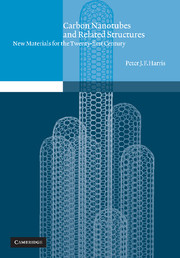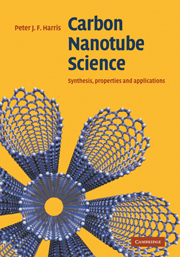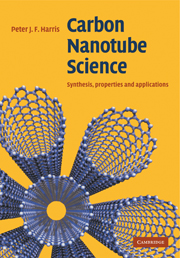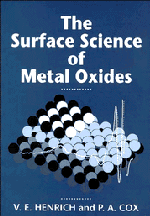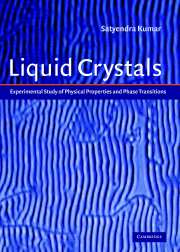Carbon Nanotubes and Related Structures
This 1999 book covers all the most important areas of nanotube research, as well as discussing related structures such as carbon nanoparticles and 'inorganic fullerenes'. Carbon nanotubes are molecular-scale carbon fibres with structures related to those of the fullerenes. Since their discovery in 1991, they have captured the imagination of physicists, chemists and materials scientists alike. Physicists have been attracted to them because of their extraordinary electronic properties, chemists because of their potential as 'nano-test-tubes', and materials scientists because of their amazing stiffness, strength and resilience. On a more speculative level, nanotechnologists have considered possible nanotube-based gears and bearings. This was the first single-author book on carbon nanotubes. It will be of interest to chemists, physicists, materials scientists and engineers working on carbon materials and fullerenes from both an academic and industrial background.
- Paperback edition of very well reviewed and successful title
- The first-ever single-author book on a very important class of new materials
- Carbon nanotubes are currently one of the hottest areas in science, and a regular front-page discussion topic in the key science publications including Nature, Science, and New Scientist
Reviews & endorsements
Review of the hardback: 'It is a most readable and useful book, which contains a wealth of up-to-date information for specialists and non-specialists … To sum up, the book is well written and presented with illustrations and diagrams that bestow an excellent visual style … Harris has himself made important contributions to this field. Thus the book is full of relevant, up-to-date information for both the specialist and the non-specialist about an exciting and promising, yet highly demanding field that is exploding.' Sir Harold Kroto, The Times Higher Education Supplement
Review of the hardback: '… timely and well-illustrated book … the author does an admirable job in collating the wide-ranging literature and provides an excellent bibliography at the end of each chapter. Carbon Nanotubes and Related Structures provides an excellent review of the literature to date in this fast-moving research field and, as recommended by the author, should prove to be an appropriate and useful text for all those scientists working in this multidisciplinary area.' Paul R. Birkett, Chemistry in Britain
Review of the hardback: 'Harris has written a most readable and useful book, which contains a wealth of up to date information of interest to both specialists and non-specialists.' Interdisciplinary Science Reviews
Review of the hardback: 'Carbon Nanotubes and Related Structures constitutes a timely. complete and updated compilation of knowledge in the field … Harris' book is unique since it is an up-to-date complete review of carbon nanotubes. It includes the key tools for carrying out future developments, aimed at possible fullerene/nanotube applications. This account will undoubtedly motivate further experimental and theoretical research.' Mauricio Terrones
Review of the hardback: 'The book is very comprehensive … clear, well balanced.' Wolfgang Krätschmer, The Chemical Intelligencer
'… a very valuable introduction to the science of curved sp2 carbon materials.' Ljubisa R. Radovic, Carbon
'This book covers the most important areas of nanotube research, as well as discussing related structures such as carbon nanoparticles and inorganic fullerenes.' Materials World
'In a clear and straightforward style, Harris carefully chronicles the discovery of carbon nanotubes and related structures, and documents the development of carbon nanoscience and nanotechnology. The current developments of the field are tied to their historical roots in such a surprising way that it makes Carbon Nanotubes and Related Structures both a pleasure to reead and a specialized scientific book. … The book offers a good introduction to the science and technology of carbon nanotubes and related structures in a very readable manner, all topics being well introduced and carefully considered.' A European Journal of Chemical Physics and Physical Chemistry
Product details
October 2001Paperback
9780521005333
294 pages
247 × 174 × 15 mm
0.599kg
167 b/w illus. 1 table
Available
Table of Contents
- 1. Introduction
- 2. Synthesis
- 3. Structure
- 4. The physics of nanotubes
- 5. Nano-capsules and nano-test-tubes
- 6. The ultimate carbon fibre?
- 7. Curved crystals, inorganic fullerenes and nanorods
- 8. Carbon onions and spheroidal carbon
- 9. Future directions
- Index.

